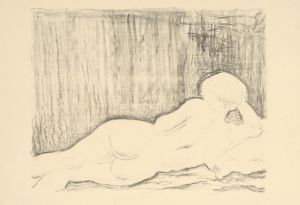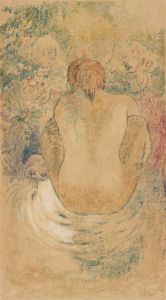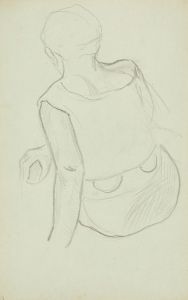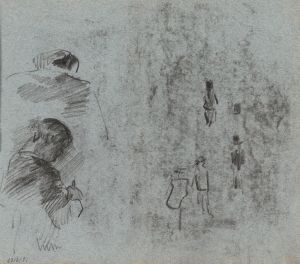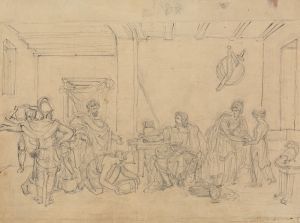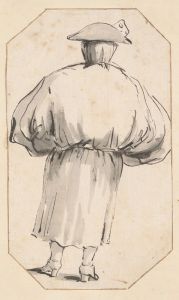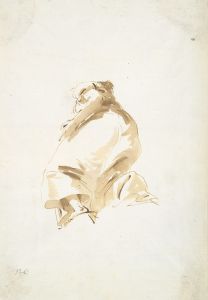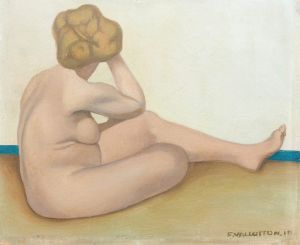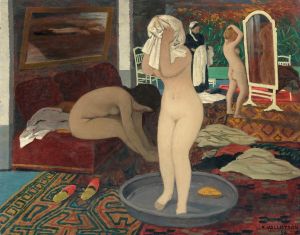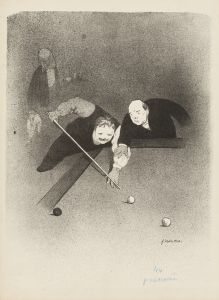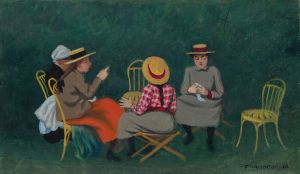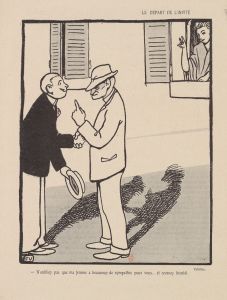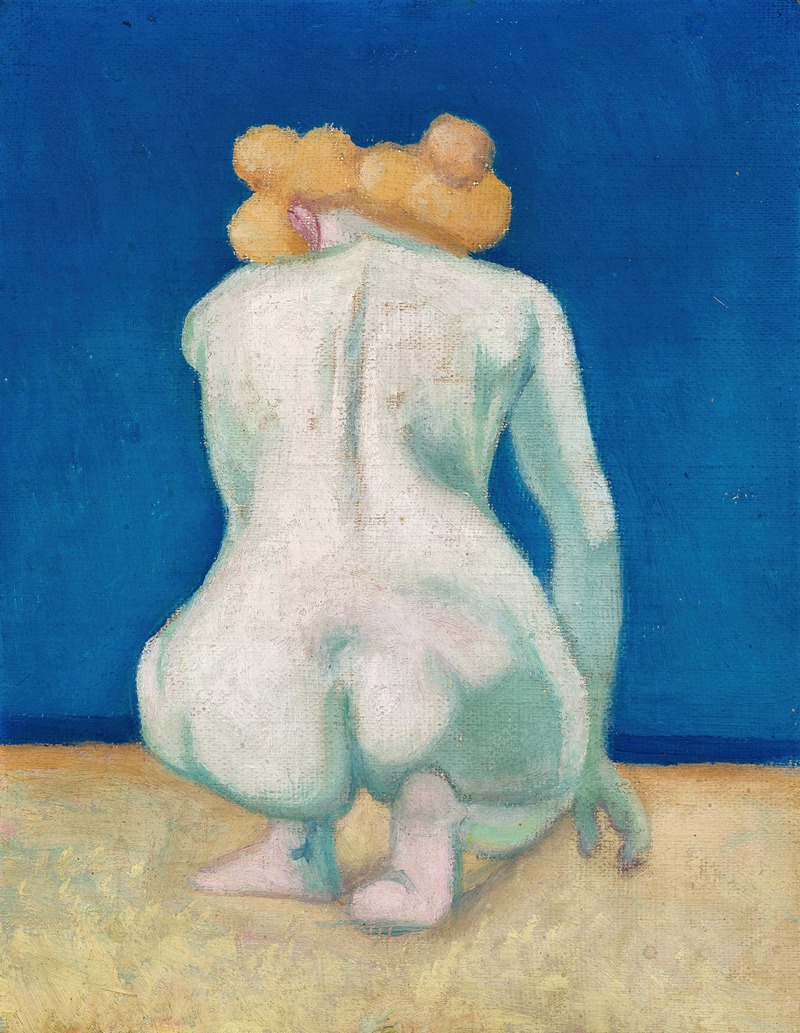
Femme blonde accroupie de dos
A hand-painted replica of Félix Vallotton’s masterpiece Femme blonde accroupie de dos, meticulously crafted by professional artists to capture the true essence of the original. Each piece is created with museum-quality canvas and rare mineral pigments, carefully painted by experienced artists with delicate brushstrokes and rich, layered colors to perfectly recreate the texture of the original artwork. Unlike machine-printed reproductions, this hand-painted version brings the painting to life, infused with the artist’s emotions and skill in every stroke. Whether for personal collection or home decoration, it instantly elevates the artistic atmosphere of any space.
"Femme blonde accroupie de dos" is a painting by the Swiss-born French artist Félix Vallotton, created in 1913. Vallotton was a prominent figure associated with the Post-Impressionist movement and was known for his unique style that often combined elements of realism and symbolism. He was a member of the Nabis group, which included artists like Pierre Bonnard and Édouard Vuillard, who were known for their innovative approaches to color and composition.
The painting "Femme blonde accroupie de dos" translates to "Blonde Woman Crouching from the Back" in English. It depicts a nude woman with blonde hair, crouching with her back to the viewer. This composition is characteristic of Vallotton's interest in the human form and his exploration of the female nude, a subject he frequently revisited throughout his career. The painting is notable for its simplicity and the way it captures the natural curves and contours of the woman's body, emphasizing the elegance and grace of the human form.
Vallotton's work often reflects his keen observation of human behavior and his ability to convey emotion and mood through subtle details. In "Femme blonde accroupie de dos," the artist uses a limited color palette, focusing on the interplay of light and shadow to create depth and dimension. The background is typically understated, drawing attention to the figure itself and allowing the viewer to focus on the subject's posture and form.
The painting exemplifies Vallotton's skill in rendering the human body with precision and sensitivity. His approach to the nude was often more restrained and less idealized than that of his contemporaries, which set his work apart in the context of early 20th-century art. Vallotton's nudes are frequently characterized by their introspective quality, inviting viewers to contemplate the inner world of the subject rather than merely appreciating the physical beauty.
Félix Vallotton was born in Lausanne, Switzerland, in 1865 and later moved to Paris, where he became an integral part of the avant-garde art scene. His work spans various media, including painting, printmaking, and illustration. Vallotton's contributions to the art world were significant, particularly in the realm of woodcut prints, where he developed a distinctive style that influenced many artists of his time.
Throughout his career, Vallotton remained committed to exploring the complexities of human emotion and the subtleties of everyday life. His paintings often feature domestic scenes, portraits, and landscapes, all rendered with a meticulous attention to detail and a unique perspective. "Femme blonde accroupie de dos" is a testament to Vallotton's mastery of form and his ability to convey a sense of intimacy and introspection through his art.
Today, Vallotton's works are held in high regard and can be found in major museums and private collections worldwide. His contributions to the Post-Impressionist movement and his innovative approach to the depiction of the human figure continue to be celebrated and studied by art enthusiasts and scholars alike.





